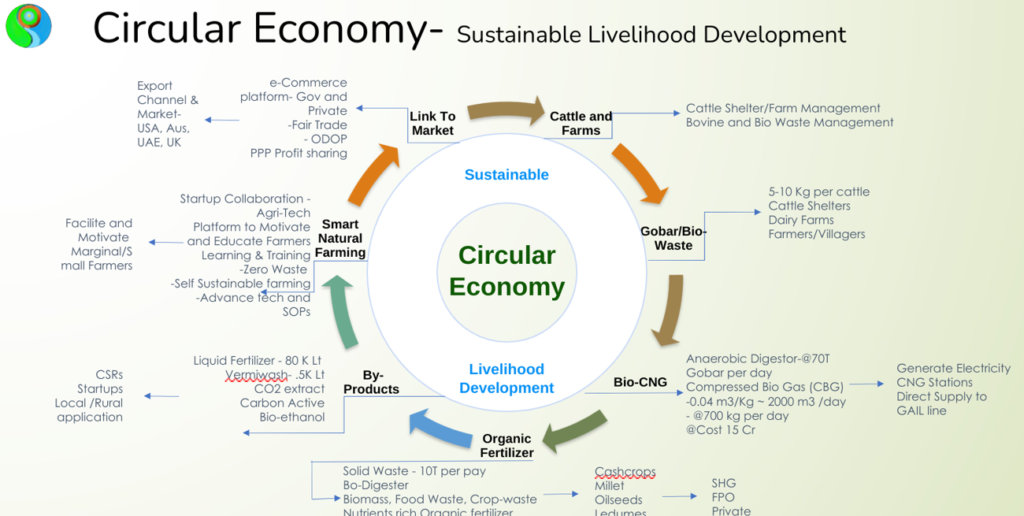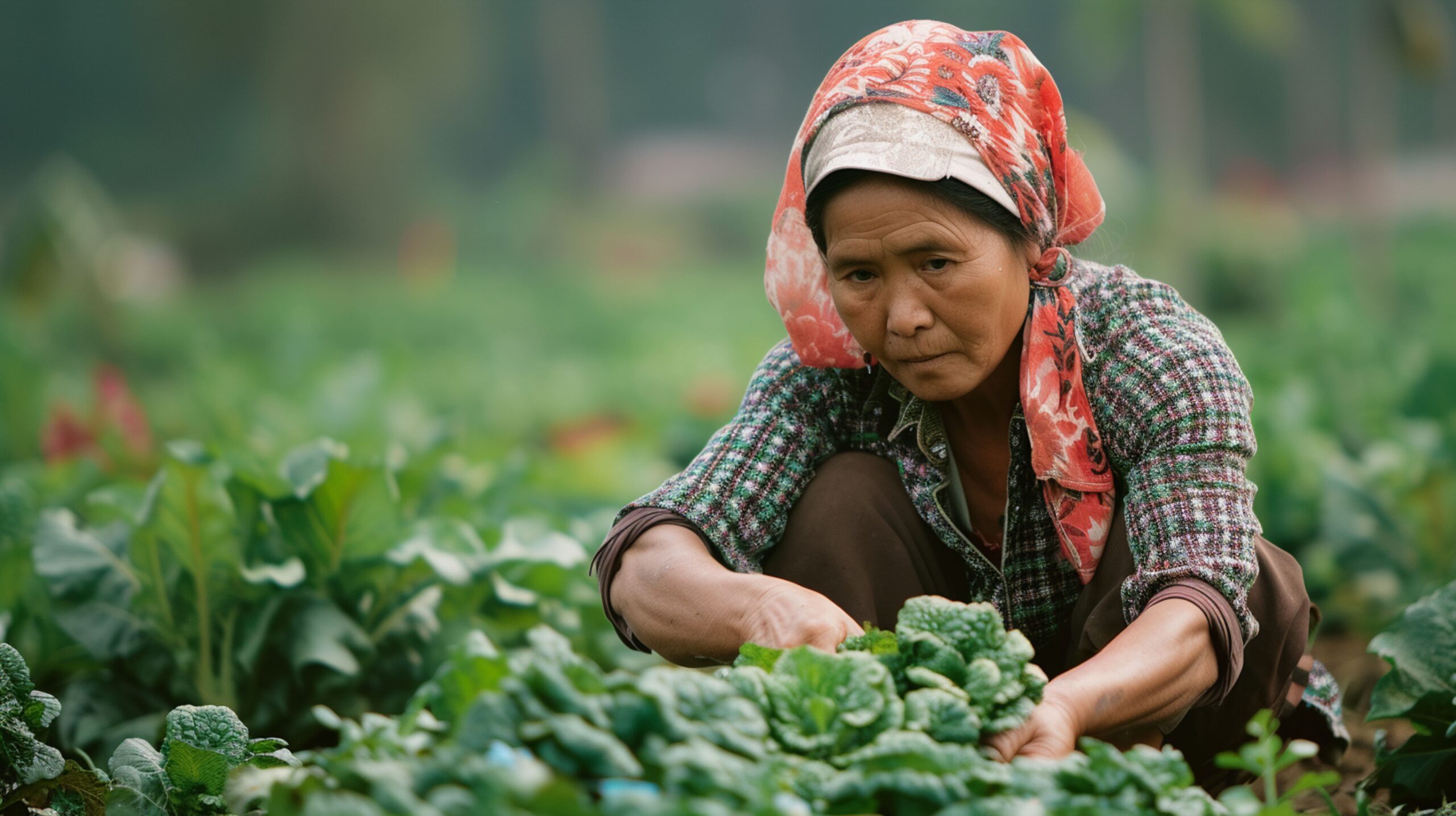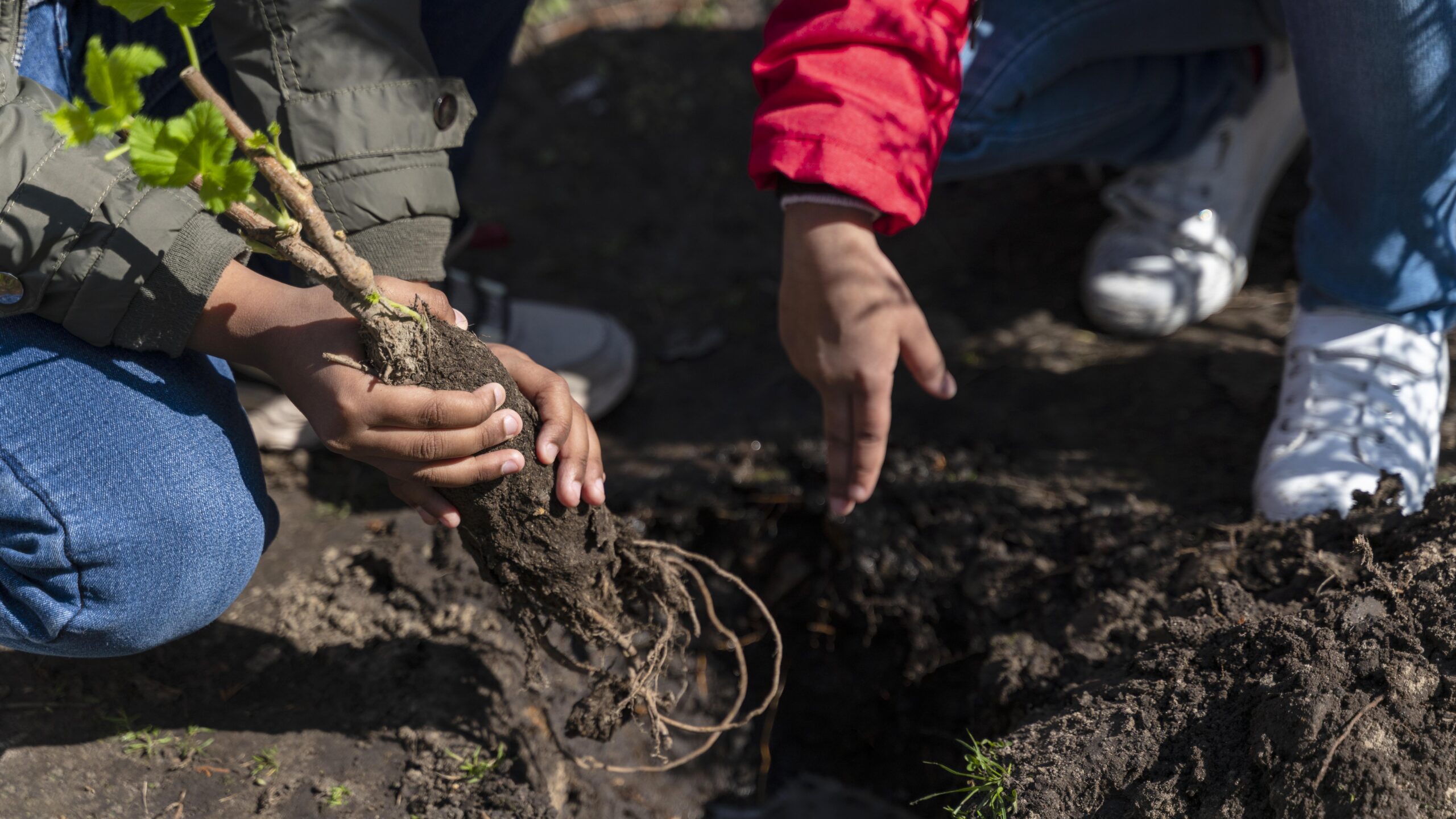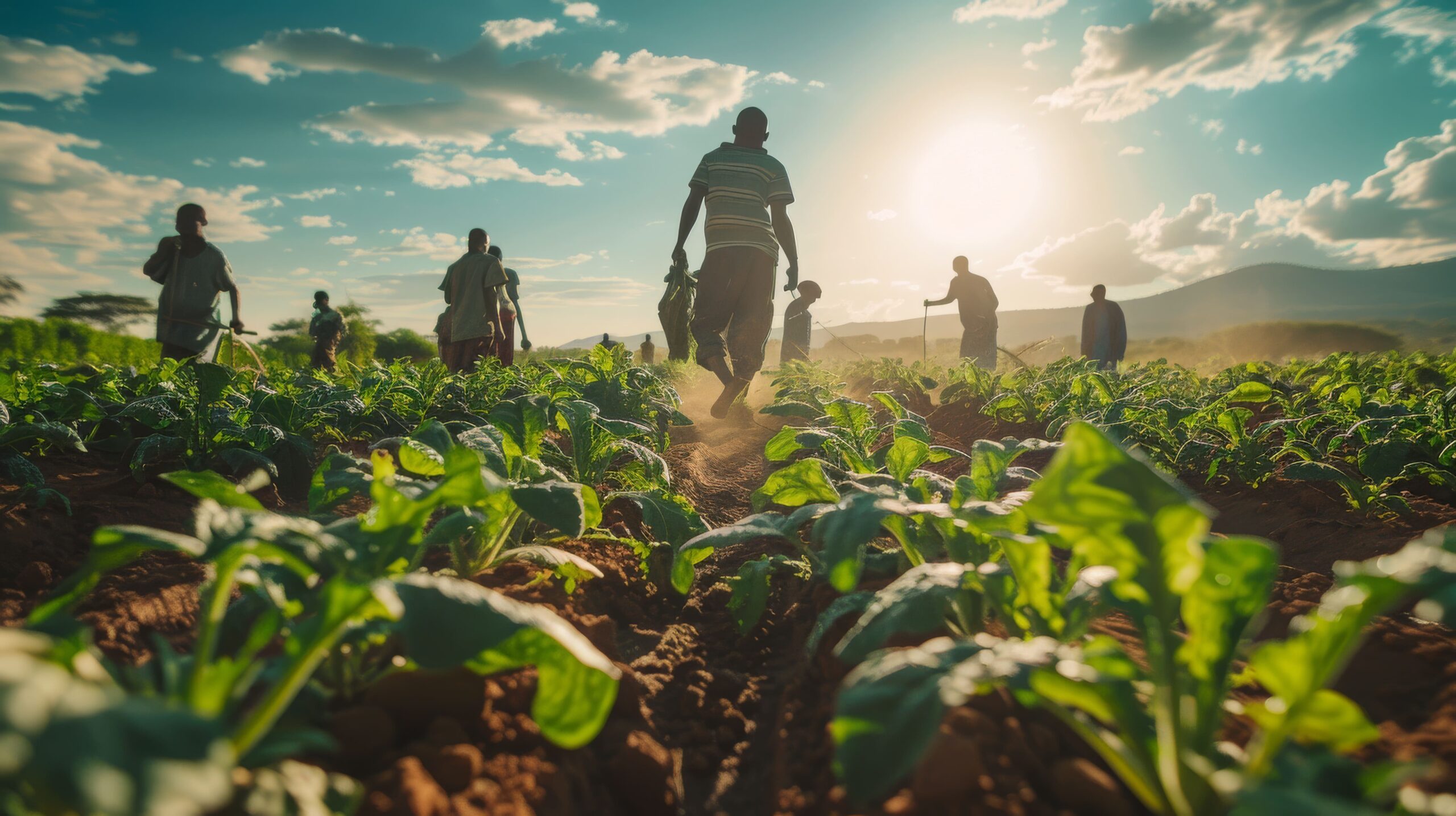CIRCULAR ECONOMY FOR GOBAR
Livestock waste is a untapped goldmine, brimming with essential macronutrients and organic matter that can greatly benefit crop growth. By harnessing the inherent value of this resource and implementing proper waste management practices, we can effectively eliminate the prevailing animal waste issue.
PureSum India approach is to establish a circular economy by not only producing commercially sellable products- Bio-CBG, Organic Fertilizers and Liquid fertilizers but also to provision these products to small and marginal farmers with the help from government/state agencies to develop sustainable livelihood.

Livestock waste is a untapped goldmine, brimming with essential macronutrients and organic matter that can greatly benefit crop growth. By harnessing the inherent value of this resource and implementing proper waste management practices, we can effectively eliminate the prevailing animal waste issue.

PureSum India approach is to establish a circular economy by not only producing commercially sellable products- Bio-CBG, Organic Fertilizers and Liquid fertilizers but also to provision these products to small and marginal farmers with the help from government/state agencies to develop sustainable livelihood.

Collection and Aggregation

Incentivize Collection
Develop programs that incentivize farmers to collect and store gobar effectively. This could involve subsidies, buy-back schemes, or microloans for biogas digester setups.

Create Collection Network
Establish a network of collection centers in villages or through Self Help Groups (SHGs) to aggregate gobar efficiently. Mobile collection units could reach remote areas.

Standardization
Implement quality standards for gobar based on moisture content and contaminants. This ensures consistent feedstock for processing facilities.

Processing and Valorization

Biogas Plants
Set up biogas plants at the village level or as centralized facilities. These convert gobar into biogas for cooking fuel and bio-slurry fertilizer.

Vermicomposting
Promote vermicomposting units that utilize gobar as feedstock for worms to produce high-quality vermicompost, a valuable organic fertilizer.

Gobar Gasification
Explore advanced technologies like gobar gasification to produce syngas, a clean-burning fuel usable for electricity generation.

Product Distribution and Utilization

Biogas Distribution
Develop a network for safe and efficient distribution of biogas to rural households, reducing dependence on traditional fuels and promoting cleaner cooking practices.

Fertilizer Marketing
Establish channels for marketing bio-slurry and vermicompost to farmers, promoting organic farming practices and reducing reliance on chemical fertilizers.

Awareness and Education
Educate farmers on the benefits of gobar-based products and best practices for their application in agriculture.

Infrastructure and Investment

Government Support
Government policies and subsidies can incentivize setting up biogas plants, vermicomposting units, and collection infrastructure.

Private Investment
Attract private investment through Public-Private Partnerships (PPPs) to establish large-scale processing facilities and efficient distribution networks.

Skill Development
Provide training programs to create a skilled workforce for operating and maintaining gobar processing units.

Sustainability and Monitoring

Waste Management
Implement proper waste management practices at collection centers and processing facilities to minimize environmental impact.

Monitoring and Data Collection
Regularly monitor the effectiveness of the circular economy system, collecting data on gobar collection, processing rates, and product utilization.

Continuous Improvement
Based on data and feedback, continuously improve the system for efficiency, cost-effectiveness, and environmental sustainability.
By implementing these steps, India can create a circular gobar economy that benefits farmers, reduces dependence on non-renewable resources, promotes sustainable agriculture, and creates rural employment opportunities.





